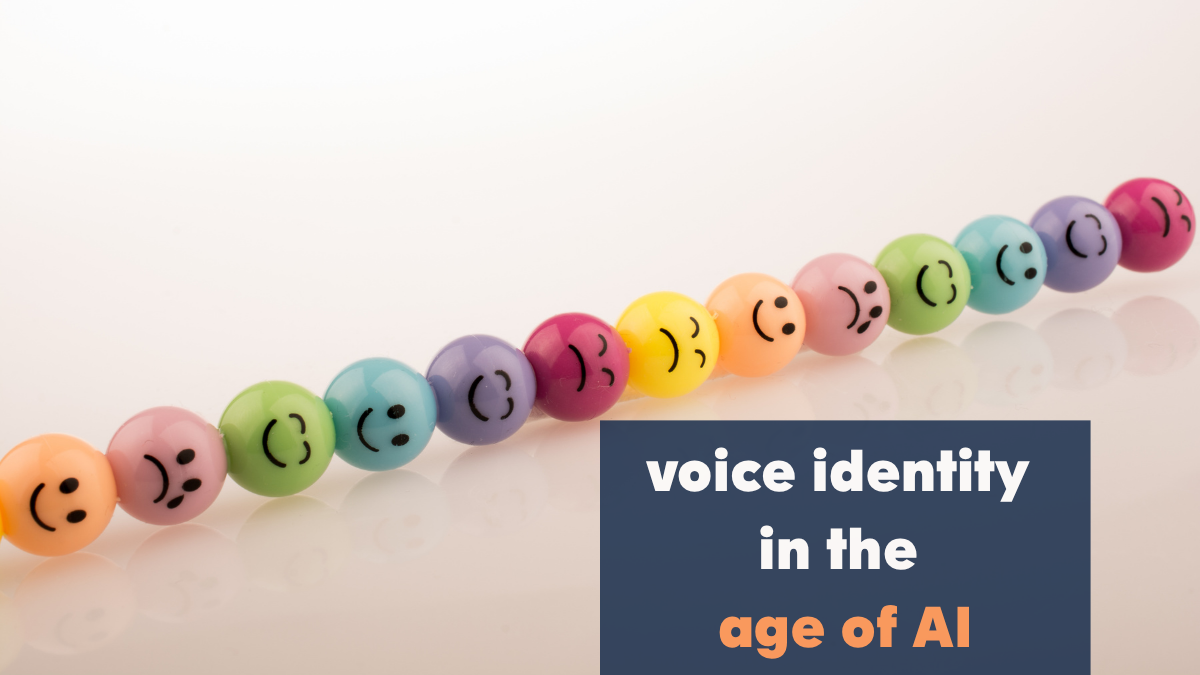What can echolalia tell us about the emotions of a person?
We focus a lot on decoding what echolalia means functionally. But do we pay attention to the emotions that are being conveyed through it? In this blog we explore the connection between echolalia and emotions.
Echolalia & Emotions
Buried beneath the surface of echolalia’s complex landscape lies a nuanced aspect often overlooked: the emotional depth in the echolalia of Gestalt Language Processors (GLPs). While much attention is given to decoding what echolalia communicates functionally, the question arises: do we sufficiently recognize the emotions conveyed?
Let’s explore how Avaz’s new feature ‘Expressive Tones’ can help here.
Understanding Echolalia Beyond Words
Echolalia is not just a parrot-like repetition; it’s a window into the emotional states of GLPs.
Consider, for instance, the difference between the phrases “Let’s go!” exclaimed enthusiastically, and “Let’s go,” muttered in resignation. Both phrases, identical in wording, diverge dramatically in the emotions they convey.
Gestalt language processors acquire language in a holistic manner. In order to accommodate the linguistic diversity and inclusion of GLPs, AAC systems cannot rely on symbols and sounds alone. Teaching emotions alongside language acquisition becomes imperative.


The Joy of Discovery: Celebrating Expressive Tones
While AAC systems come with an option to key in phrases and phrase sounds, sometimes, a phrase can be attached to an emotion.
Imagine a child using an echolalic utterance repeatedly to express anger. The Expressive Tones feature on Avaz allows you to model the emotion in their AAC device. You can either use the same utterance with an angry tone or simply model a phrase for them to express that they are angry – depending on the stage at which they are.
Expressive Tones in Action
Let’s say a child named Alex, who uses an AAC device, frequently uses the phrase “I don’t want to” in echolalic repetition when frustrated or angry. Alex’s caregiver can demonstrate different ways to express this emotion with the Expressive Tones feature.
- Using the same utterance with an Angry tone:
Caregiver: “Alex, when you feel angry and you want to say “I don’t want to”, you can use this phrase with an angry tone”. (Modeling the phrase with a tone that conveys anger)
Alex: Presses the button “I don’t want to” (using the angry tone in Expressive Tones Feature)
- Modeling a phrase to express anger:
Caregiver:” Alex, let’s find a phrase that tells people you’re angry. How about “I’m mad?”
Alex: Speaks out “I’m mad” using his AAC.
Depending on Alex’s communication abilities and preferences, the caregiver can tailor the approach to suit their needs and the stage of their communication development.
Emotions & Communication Motivation
Understanding and acknowledging the emotion attached to the phrase can be a great motivation for the child to communicate more. This aspect highlights the importance of emotional intelligence in AAC interaction.
Expressive Tones allow AAC users to access a broad spectrum of emotions and tonal variations beyond pre-programmed phrases. For Gestalt Language Processors, who may transition to using isolated words while still valuing the melody and rhythm inherent in speech, maintaining access to these intonations is crucial. The unique appeal of speech’s musical aspects forms a core part of their communication style. By enabling Gestalt Language Processors, especially those relying on AAC for situational or comprehensive communication, to preserve these tonal nuances, Expressive Tones empower them to express themselves more fully and authentically.
An Invitation
We invite you to explore and celebrate the myriad ways Expressive Tones can enhance the lives of gestalt language processors, fostering deeper understanding and connection through the power of emotional expression.
Let us know what are some of the other ways Expressive Tones can make AAC fun for Gestalt Language Processors.



